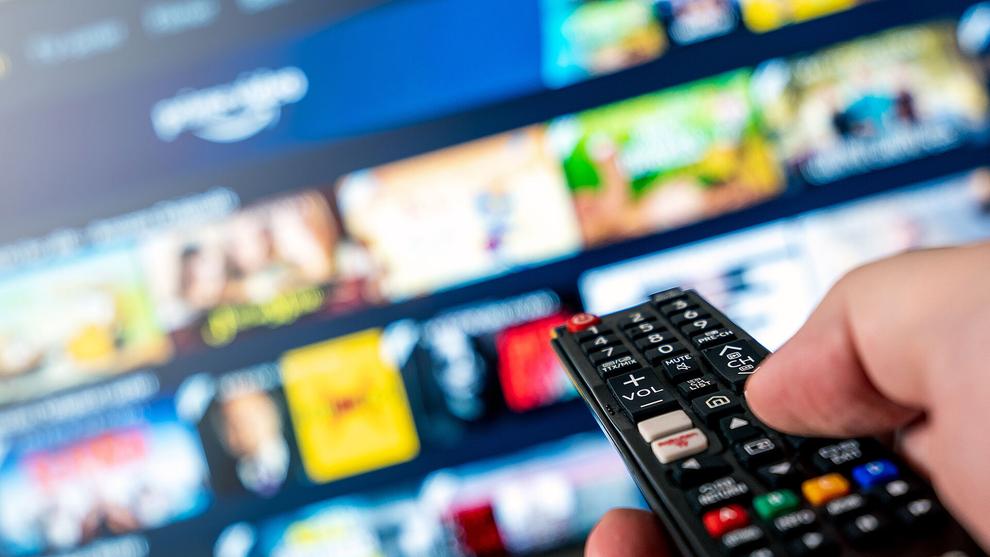Address
304 North Cardinal St.
Dorchester Center, MA 02124
Work Hours
Monday to Friday: 7AM - 7PM
Weekend: 10AM - 5PM
Address
304 North Cardinal St.
Dorchester Center, MA 02124
Work Hours
Monday to Friday: 7AM - 7PM
Weekend: 10AM - 5PM

For decades, households subscribed to television channel bundles offered by their local cable provider or a national satellite television provider, such as DirecTV. Requiring consumers to buy bundles of channels, rather than select channels individually, drew frequent criticism from consumer organizations and, in the early 2000s, even attracted the attention of the Federal Communications Commission (FCC), which released a report on “a la carte” cable pricing.
You do not hear much about a la carte pricing for cable television these days and the reason is clear – the massive growth of online streaming services such as Netflix, Hulu and Disney+.
The launch of streaming services, with their curated libraries of programming, has hastened the decline in cable subscribership. According to a survey by Pew Research, the number of Americans receiving cable or satellite television fell by approximately 26% between 2015 and 2021. Based on corporate financial reporting data, 2022 will likely continue this trend. While this so-called “cord cutter” problem has been plaguing cable and satellite television providers, subscriber numbers for the major streaming services have increased dramatically.
In an announcement that would have seemed unimaginable a few years ago, Nielsen reported in July that Americans spent more time watching streaming content than watching traditional cable content for the very first time. Popular streaming services report subscriber totals in the tens of millions, if not the hundreds of millions.
Despite the increased popularity of streaming services, year-over-year subscriber growth figures have been flat for the past few quarters. Companies have begun to express concern about their ability to continue adding significant numbers of subscribers each quarter. Ironically enough, many have begun speculating that bundling – a long-running thorn in the side of cable television subscribers – may be part of the solution.
Bundling has the potential to shake up things in the streaming world. Whether you are an investor trying to anticipate the impact of bundling on media company stocks or a personal subscriber curious about what the future of streaming might look like, below are several predictions about streaming bundles.
The streaming video service industry is dynamic and growing. After years of massive growth, both in the number of subscribers and the number of services, the industry appears to be maturing and saturating. Expect to see revenue-growing and cost-cutting measures as companies attempt to deliver profit growth during times of slow subscriber growth. The relic of the cable industry – the content bundle – appears likely to emerge as one of the ways services navigate slower growth.
To build your own feature-rich custom OTT platform you can reach out OTTFAST
Blog Source- https://www.bizjournals.com/nashville/news/2022/12/07/the-future-of-media-goodbye-cable-hello-strea.html